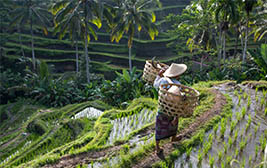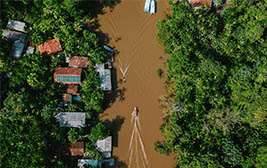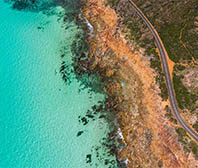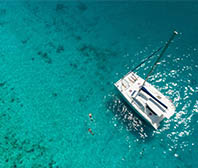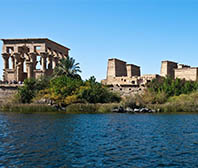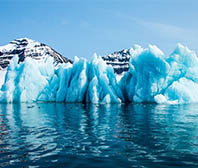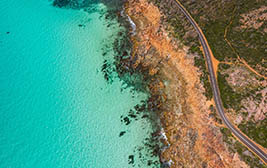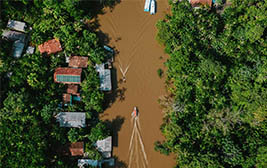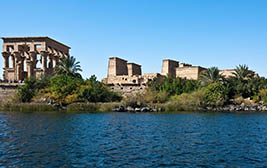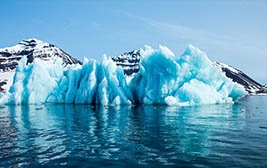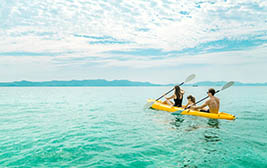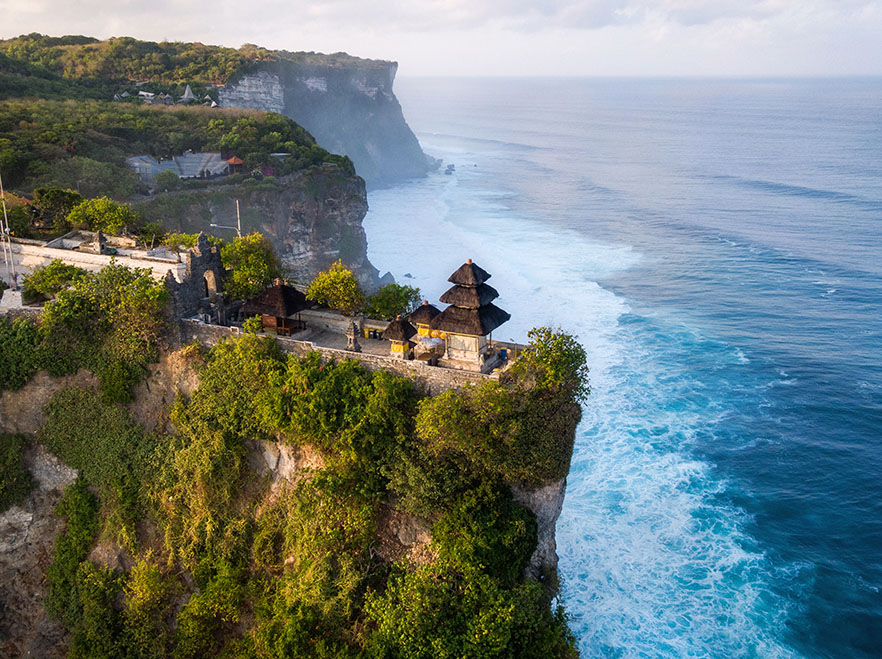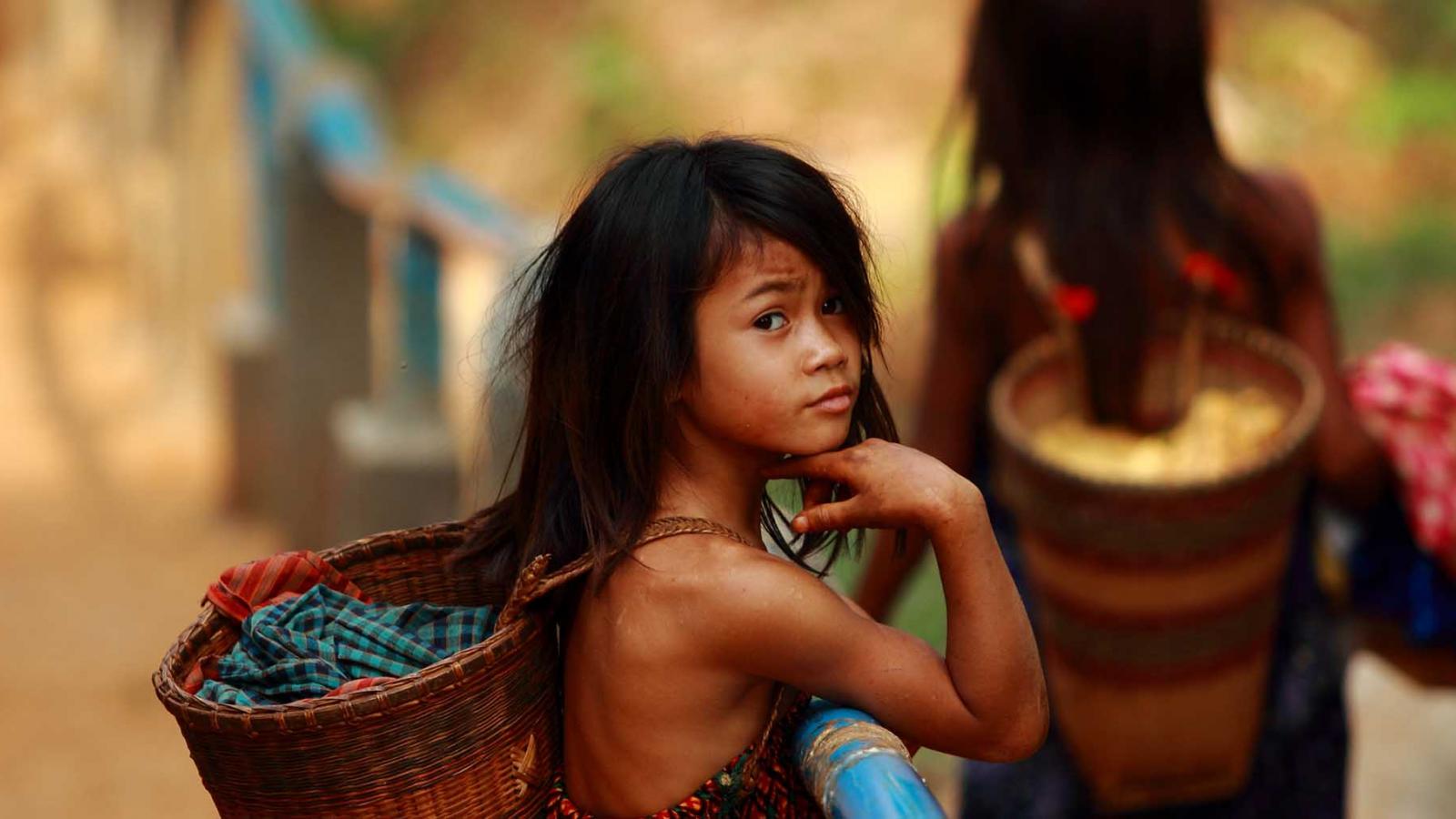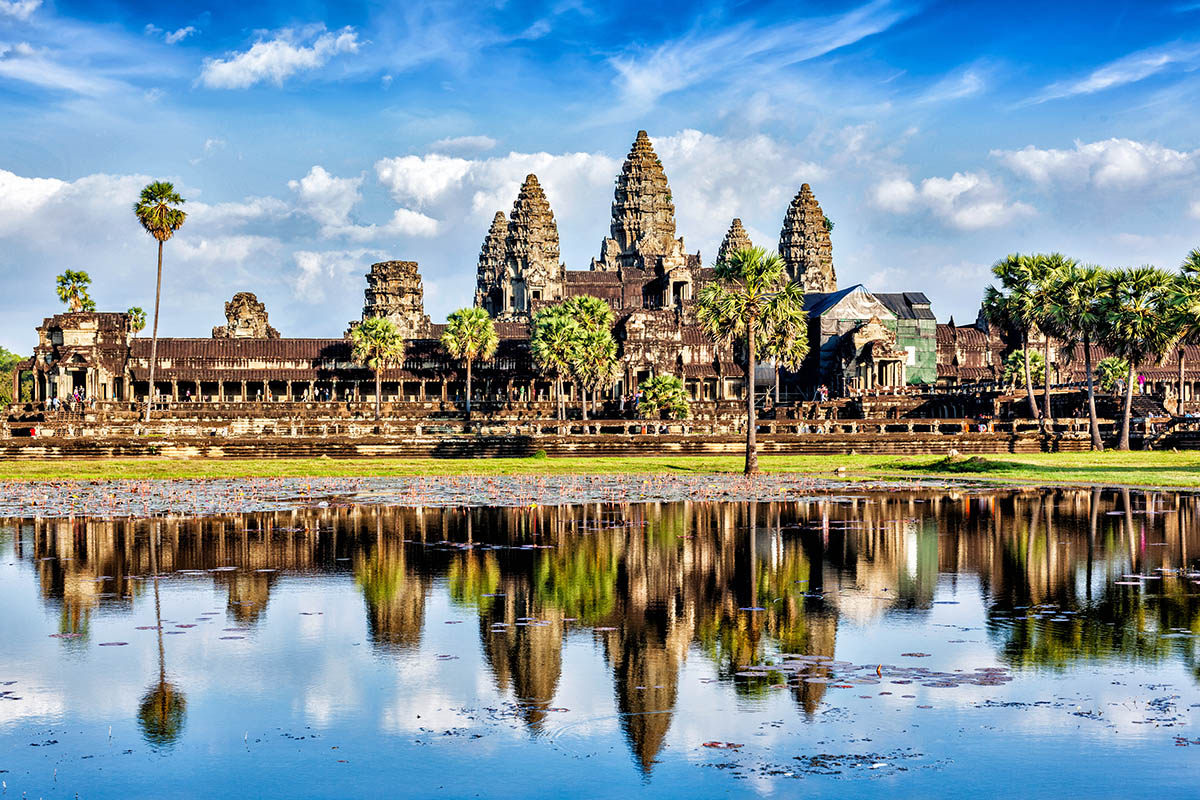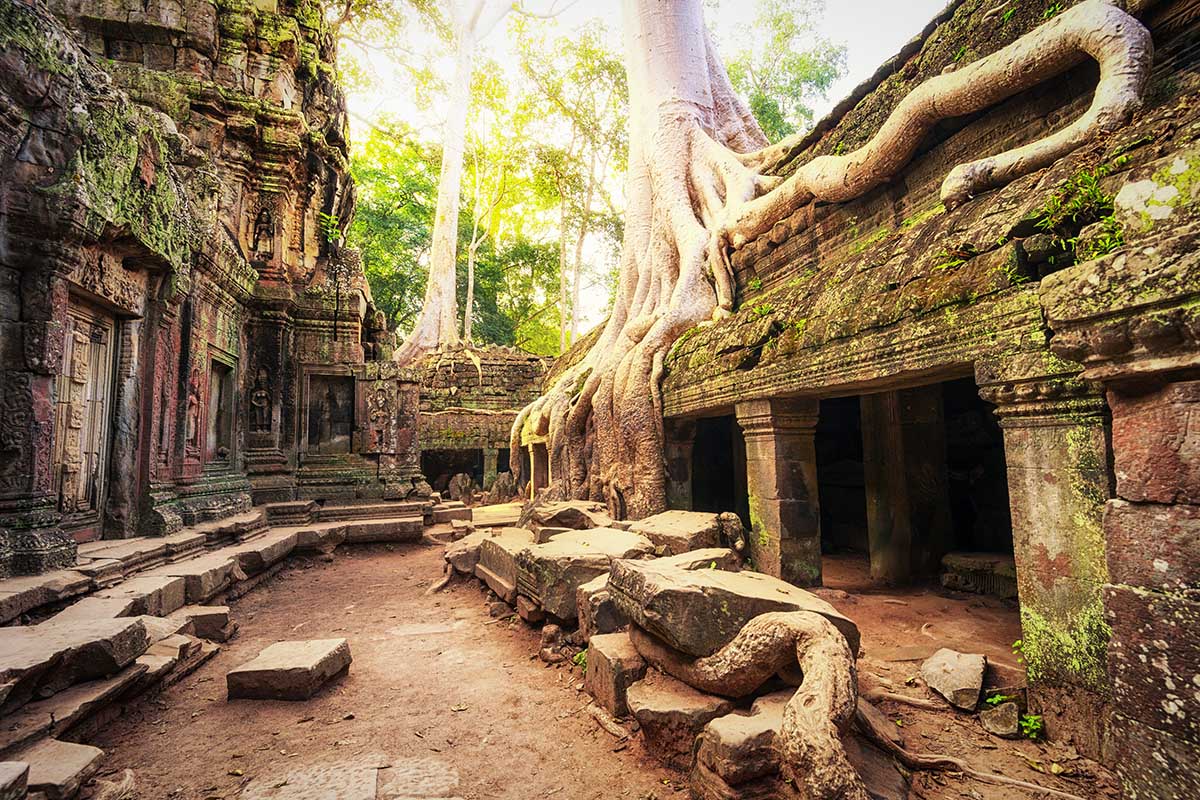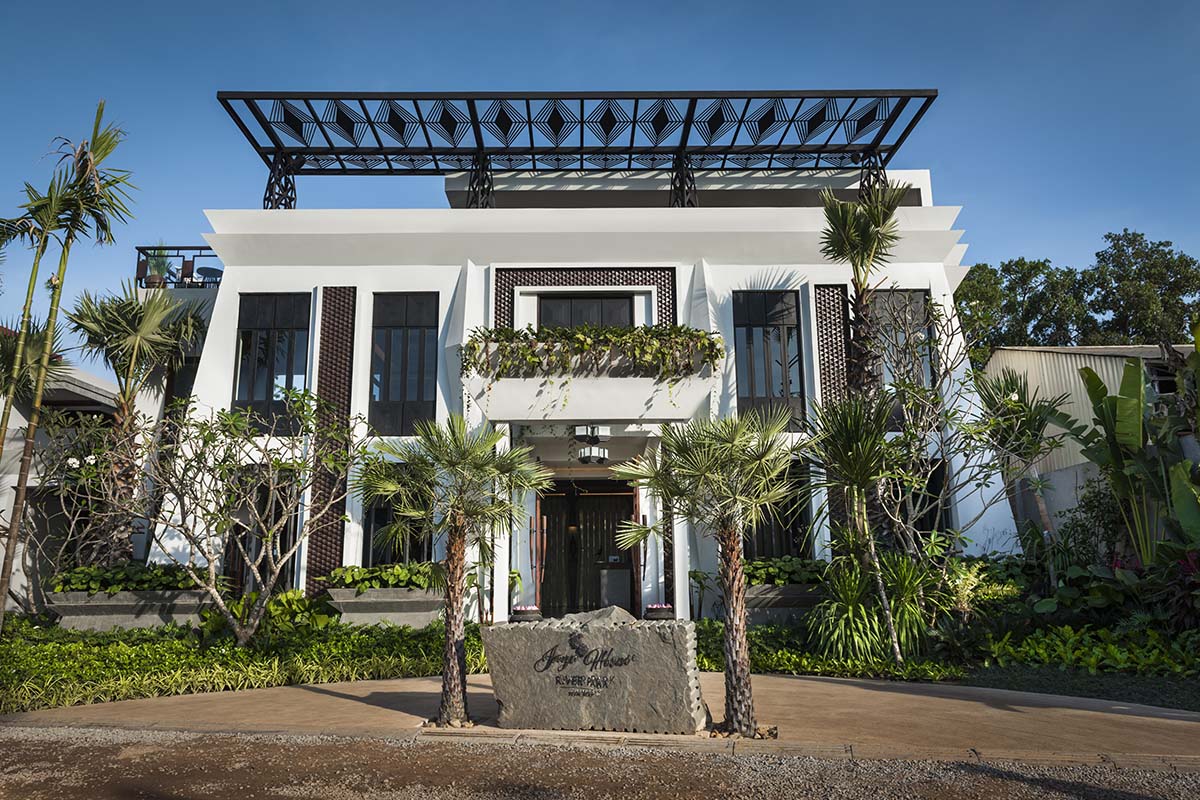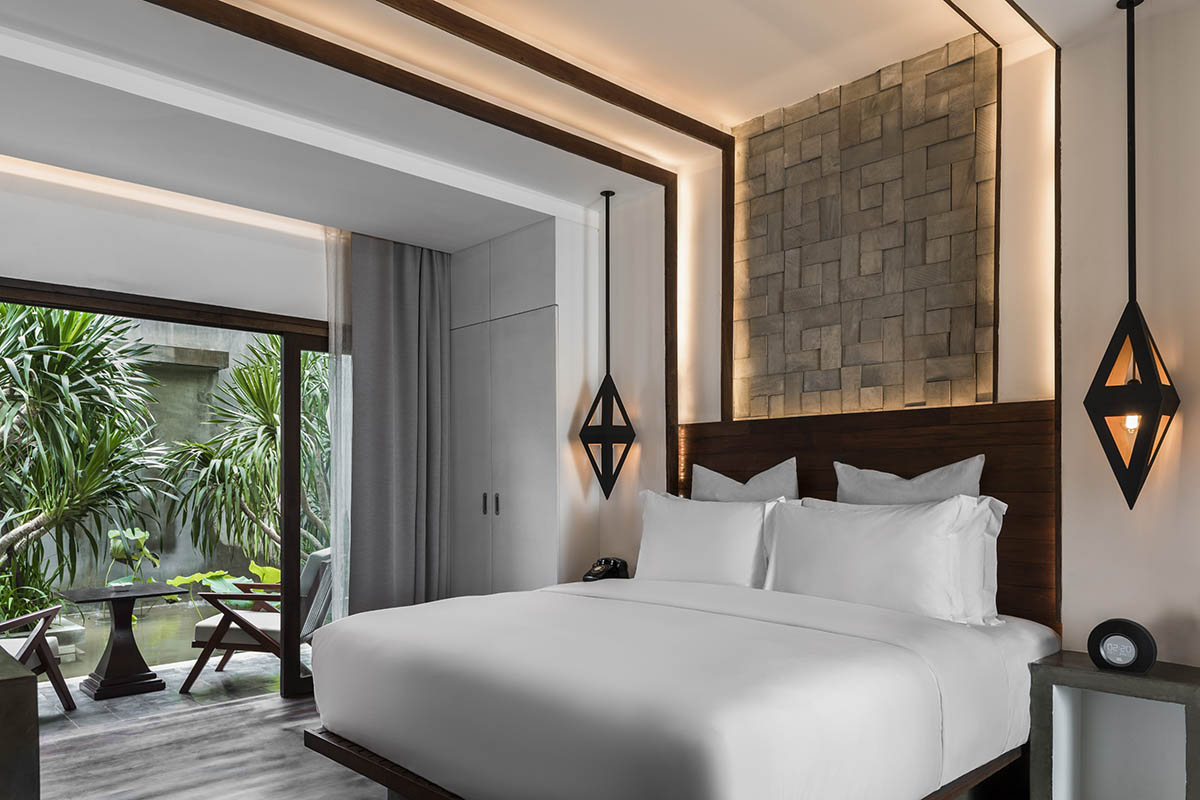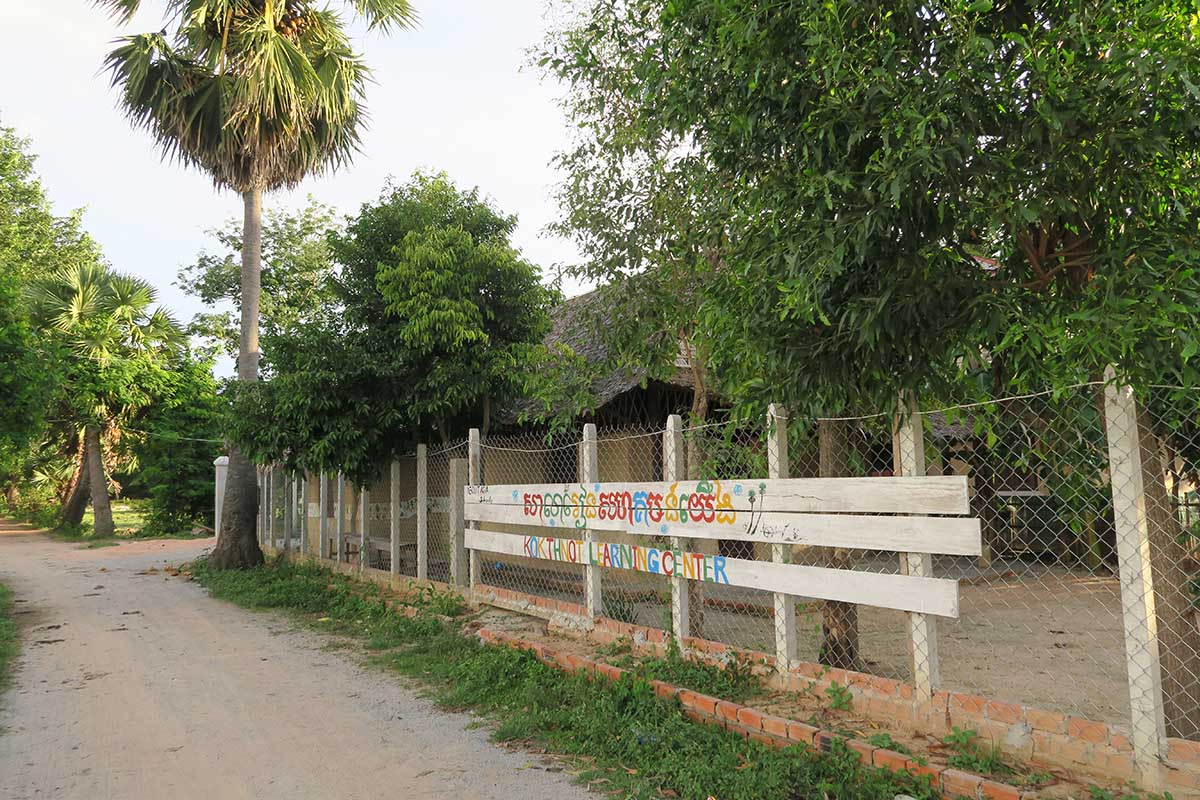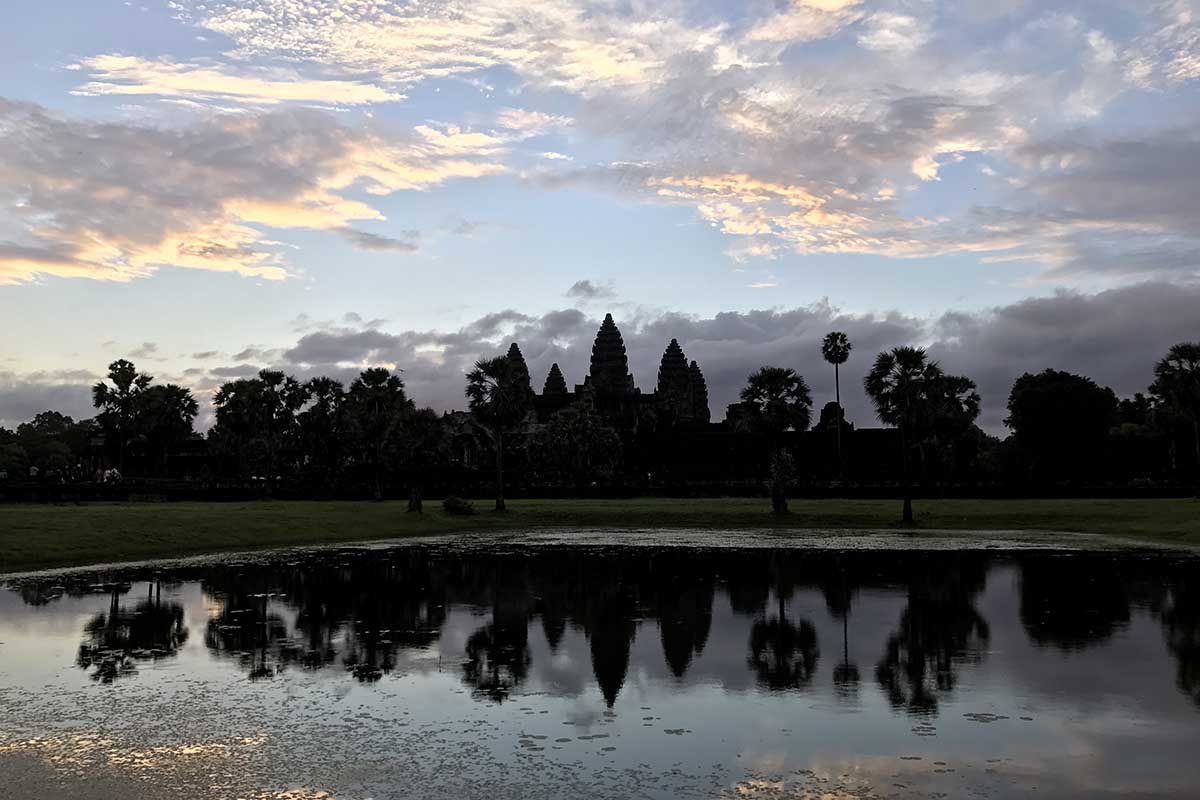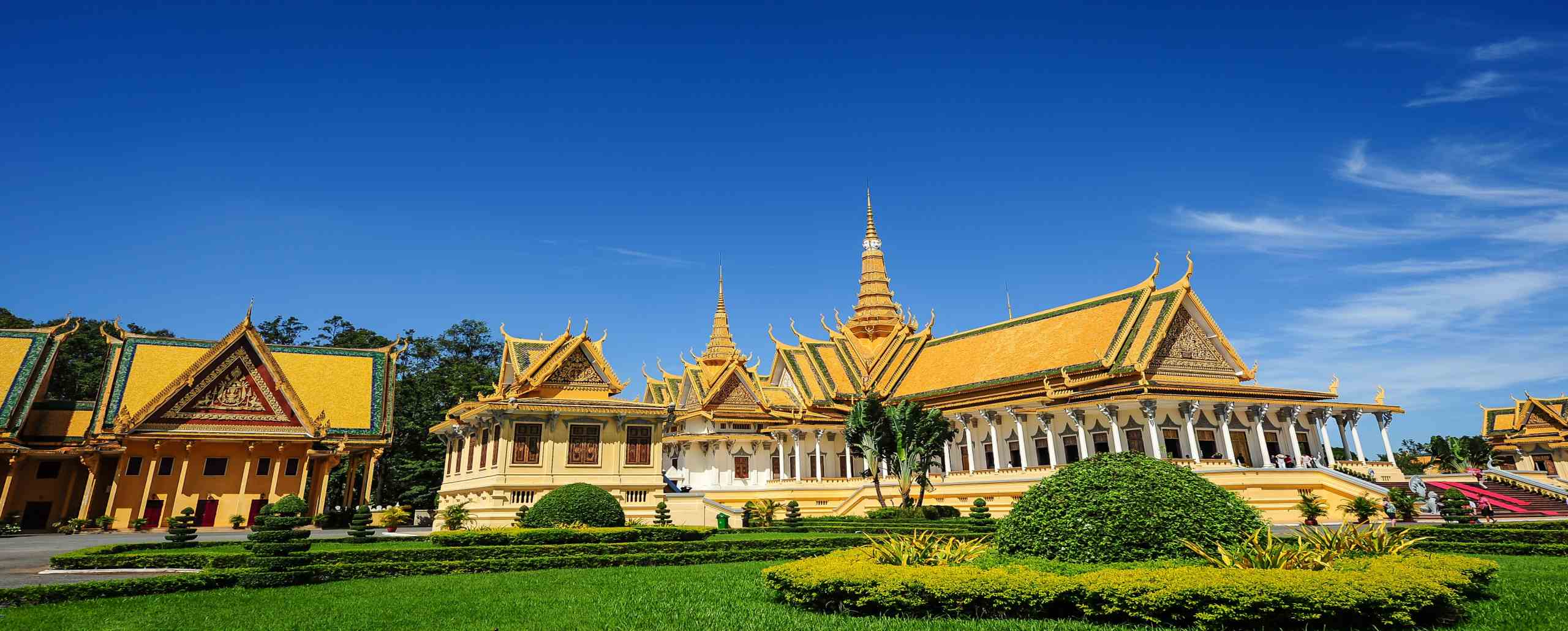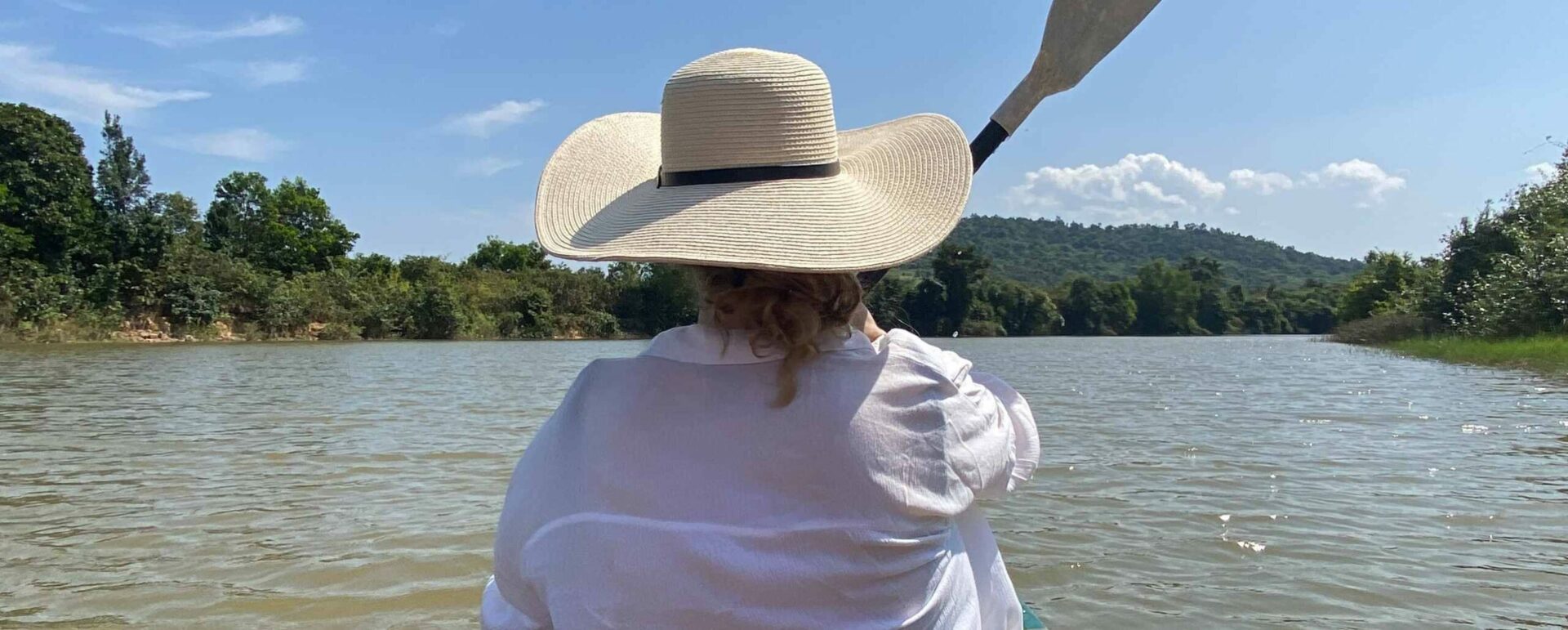Tourism is the second largest industry in Cambodia after manufacturing. By 2020, an estimated twenty million Asian tourists will visit Angkor Wat, most of whom have paid no more than 800 US Dollars for a package trip including a visit to a crocodile farm and the Chinese restaurants that line touristy Pub Street. Avoiding this type of tourist is a crucial part in the way we, at cazenove+loyd, design our itineraries. We train our guides to be specialists in crowd avoidance, as much as history, photography or any other interest. As the numbers of tourists increase, so will our training and development. It is our mission to go against the tide.
On the other end of the tourist spectrum in Siem Reap, but no less striking, there are luxury hotels costing over $1,000 per night in the high season, helicopter rides to extraordinary hidden temples and Michelin-star worthy restaurants.

